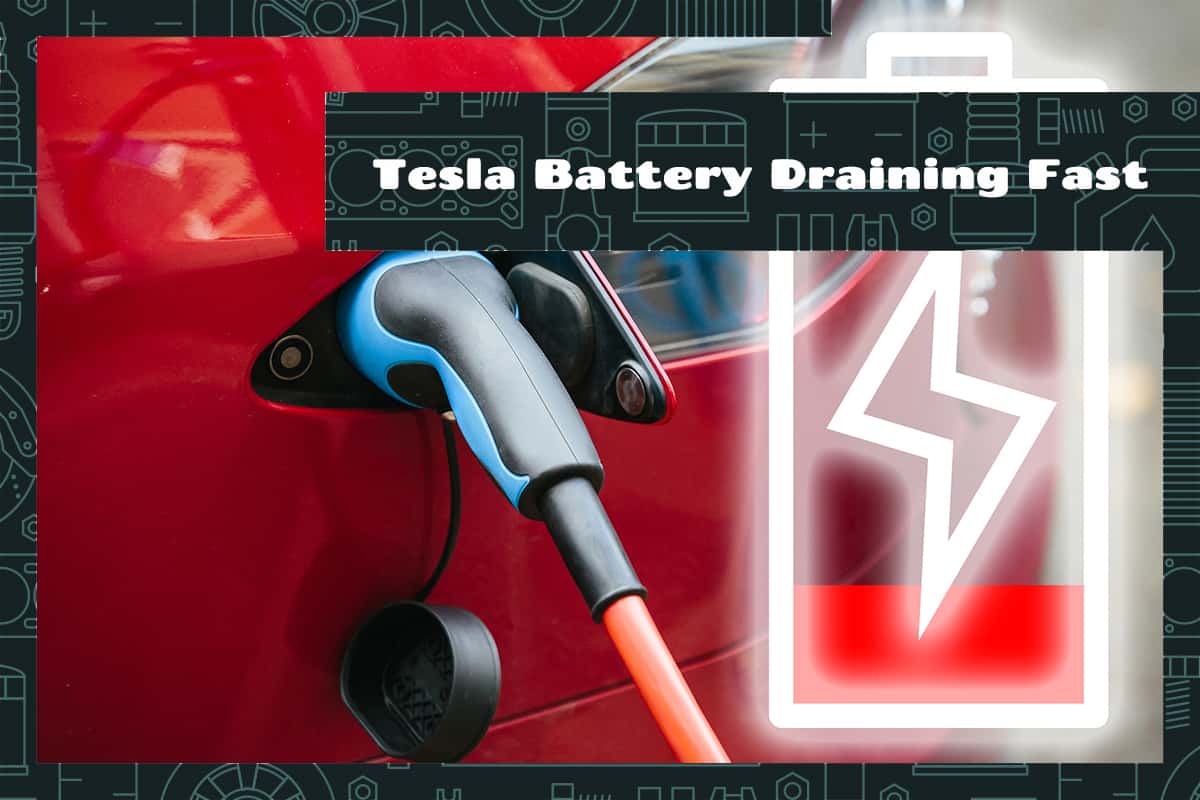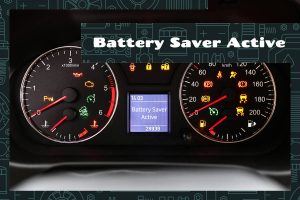Electric vehicles have revolutionized the automotive industry, and Tesla is at the forefront of this transformation. With sleek designs and impressive performance, Tesla vehicles rely heavily on their batteries. These batteries not only power the car but also support various on-board systems and features.
There can be multiple reasons for a Tesla’s battery to drain faster than usual. Factors like extreme temperatures, continuous use of high-performance modes, frequent rapid accelerations, or even certain charging practices can influence battery performance and longevity.
This guide will go over the common causes of Tesla battery drain, how different charging methods impact battery drain, and possible ways to resolve this problem.
Basics of Tesla Batteries
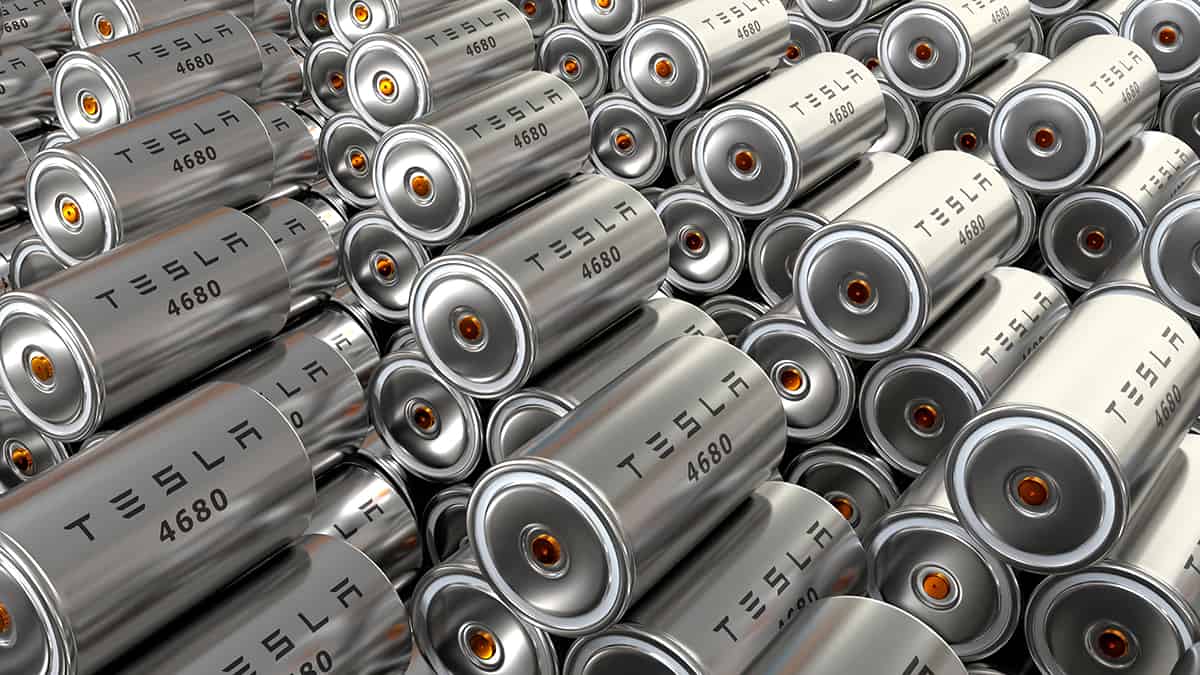
Tesla, leading the electric vehicle revolution, relies extensively on its advanced battery technology. At the heart of every Tesla car is its lithium-ion battery, which differs significantly from the traditional lead-acid batteries found in gasoline-powered vehicles.
Basics of a Tesla battery
The Tesla battery isn’t just a single unit but comprises multiple individual cells. Imagine these cells as the tiny powerhouses that, together, give life to the car. These cells are grouped into modules, and the modules collectively form the battery pack.
Each of these cells is cylindrical, resembling the size and shape of a regular AA battery but packed with much more energy. The sophisticated cooling system within the battery pack maintains optimal temperature, ensuring consistent performance and preventing overheating.
A distinct feature of Tesla batteries is their impressive charging capacity. Depending on the model and battery option, a fully charged Tesla can cover distances ranging from 250 miles to over 400 miles. The actual range may vary based on driving conditions, speed, and usage of other car systems. Superchargers, Tesla’s proprietary charging stations, can recharge these batteries rapidly, with some models getting up to 180 miles of range within 15 minutes of charging.
Common Causes of Fast Battery Drain
Central to a Tesla’s operation is the battery, the electric equivalent of a gasoline tank in traditional vehicles. But various elements can influence the rate at which a Tesla’s battery drains.
1. Temperature Extremes and Their Impact
Cold Weather Challenges: Cold environments can be tough on Tesla batteries. Just as we might find it hard to get out of bed on a cold morning, batteries, too, can be sluggish starters in low temperatures. In the cold, batteries can’t deliver energy as efficiently. The chemistry inside doesn’t function at its peak, causing the battery to work harder and drain faster.
Hot Weather Effects: On the flip side, very hot environments can also strain the battery. High temperatures can accelerate the chemical reactions inside, leading to a faster energy release. While this might sound like a good thing, it’s not ideal for battery health.
2. Overuse of Onboard Electronics
Tesla vehicles come equipped with a host of electronic features. From large touch-screen displays to advanced entertainment systems, these features enhance the driving experience but also consume energy. Using multiple systems simultaneously or for prolonged durations—like keeping the air conditioning on high, playing music loudly, or using other infotainment features—can contribute to a faster battery drain.
3. Continuous Use of High-Performance Modes
Tesla cars offer various acceleration modes, with some tailored for performance. Engaging modes that prioritize acceleration or top speeds will draw more energy from the battery. Pushing a Tesla to its limits can result in quicker battery depletion.
4. Aging of the Battery Over Time
All batteries, irrespective of their type or brand, have a life cycle. Over time, after countless charge and discharge cycles, they begin to show signs of wear. The battery’s capacity to hold a charge diminishes with age. Older Tesla batteries might not retain energy as they once did, leading to what appears as a faster drain.
5. Driving Behavior Driving Behavior
- Rapid Accelerations: Often taking off rapidly from stops or frequently accelerating can be taxing on the battery. These bursts of speed require more energy in a shorter time.
- Constant High-Speed Driving: Maintaining high speeds for extended periods means the battery is continuously supplying a large amount of energy. Doing this regularly can cause the battery to deplete faster than if you were driving at moderate speeds.
Charging Practices and Their Impact
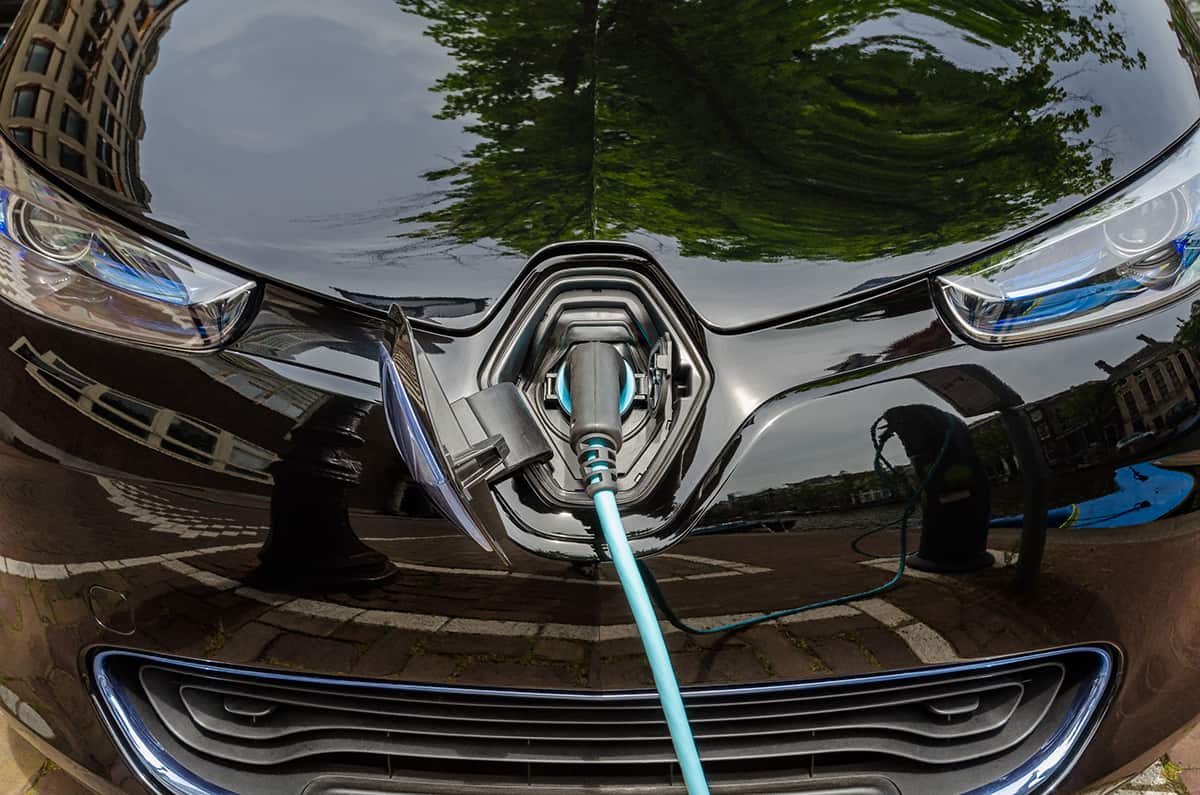
Much like how we refuel gasoline vehicles, charging is how we replenish a Tesla’s energy stores. However, the way you charge, the frequency, and the sources can all impact battery health and longevity.
Different Types of Charging Stations
- Level 1 Chargers: This is the basic charging level, using a standard household outlet. But it’s slow, offering about 3 to 5 miles of range per hour of charging. It’s gentle on the battery but may not be practical if you’re looking for a quick energy boost.
- Level 2 Chargers: These are more common in public charging stations and homes equipped with special installations. They provide about 20 to 60 miles of range per hour, making them more efficient than Level 1 chargers.
- Superchargers: They are fast, providing up to 180 miles of range in 15 minutes. While they’re incredibly convenient for long trips or quick top-ups, relying solely on Superchargers can strain the battery.
Charging Frequency
It’s a common misconception that electric vehicles should be charged daily. The reality is you should charge based on your usage. Continually charging your Tesla to 100% and then using only a small fraction can cause undue stress on the battery.
Deep Discharging
Running your Tesla battery down to nearly empty before recharging is called deep discharging. This practice can be hard on the battery. Similar to how extreme physical exertion can be exhausting for humans, deep discharging can cause batteries to wear out faster.
Mitigating Fast Battery Drain
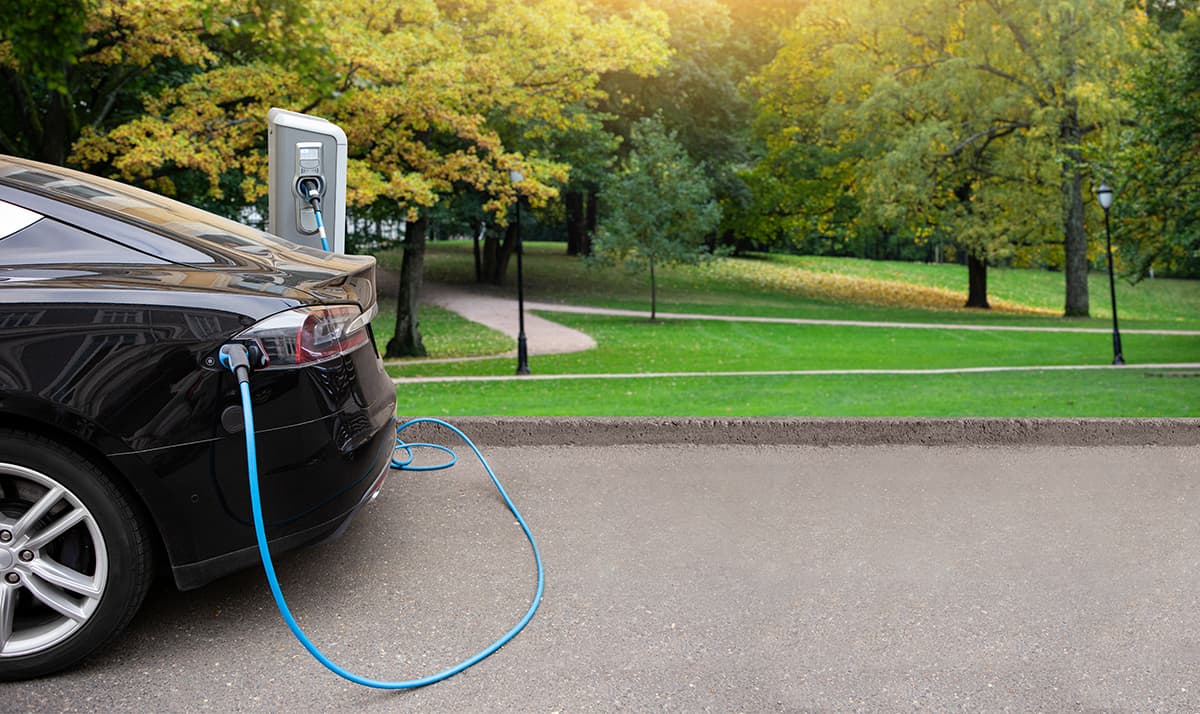
If you think your Tesla’s car battery is draining faster than usual, here are a few things you can try to maintain battery life:
1. Mind the Temperature
- Preconditioning in Cold Weather: Before setting off in cold conditions, use the Tesla app to precondition your vehicle. By warming the battery before driving, you’re preparing it for optimal performance.
- Seeking Shade in Hot Weather: It’s a good idea to park your Tesla in shaded areas during intense heat. If shade is unavailable, consider using sunshades or parking in a garage.
2. Drive Smartly
- Range Mode: This mode optimizes energy usage by slightly limiting acceleration and adjusting climate control settings. While you might sacrifice a bit of that Tesla zip, you’ll be rewarded with better battery endurance.
- Regenerative Braking: When activated, it recaptures energy during deceleration and feeds it back into the battery. It’s a way of recharging on the go and can counteract some of the energy used during acceleration.
3. Optimize Charging Habits
- Follow the 20-80 Rule: For daily driving, try to keep the battery charge between 20% and 80%. This range is generally considered the sweet spot for lithium-ion battery longevity. It minimizes stress on the battery, leading to a longer overall life.
- Limit Supercharger Dependency: While Superchargers are a boon for rapid charging, especially during long trips, they shouldn’t be the sole charging method. Intersperse Supercharger sessions with regular Level 2 charging to give your battery a more balanced energy intake.
4. Limit Prolonged Use of Accessories
- Use Climate Control Sparingly: While it’s tempting to blast the heater on cold days or the AC on hot ones, excessive use can be a battery drain. Consider using seat heaters or ventilated seats instead.
- Manage Infotainment Usage: The large central screen, with its plethora of entertainment and information options, is a hallmark of the Tesla experience. However, playing high-definition videos or using resource-intensive apps can eat into your battery’s reserve.
5. Regular Maintenance and Software Updates
Keeping your Tesla in prime condition goes a long way in ensuring battery efficiency. Regularly check tire pressures, as under-inflated tires can increase rolling resistance and, consequently, energy consumption. Additionally, always install Tesla software updates promptly. These updates often include optimizations that can improve battery performance.
